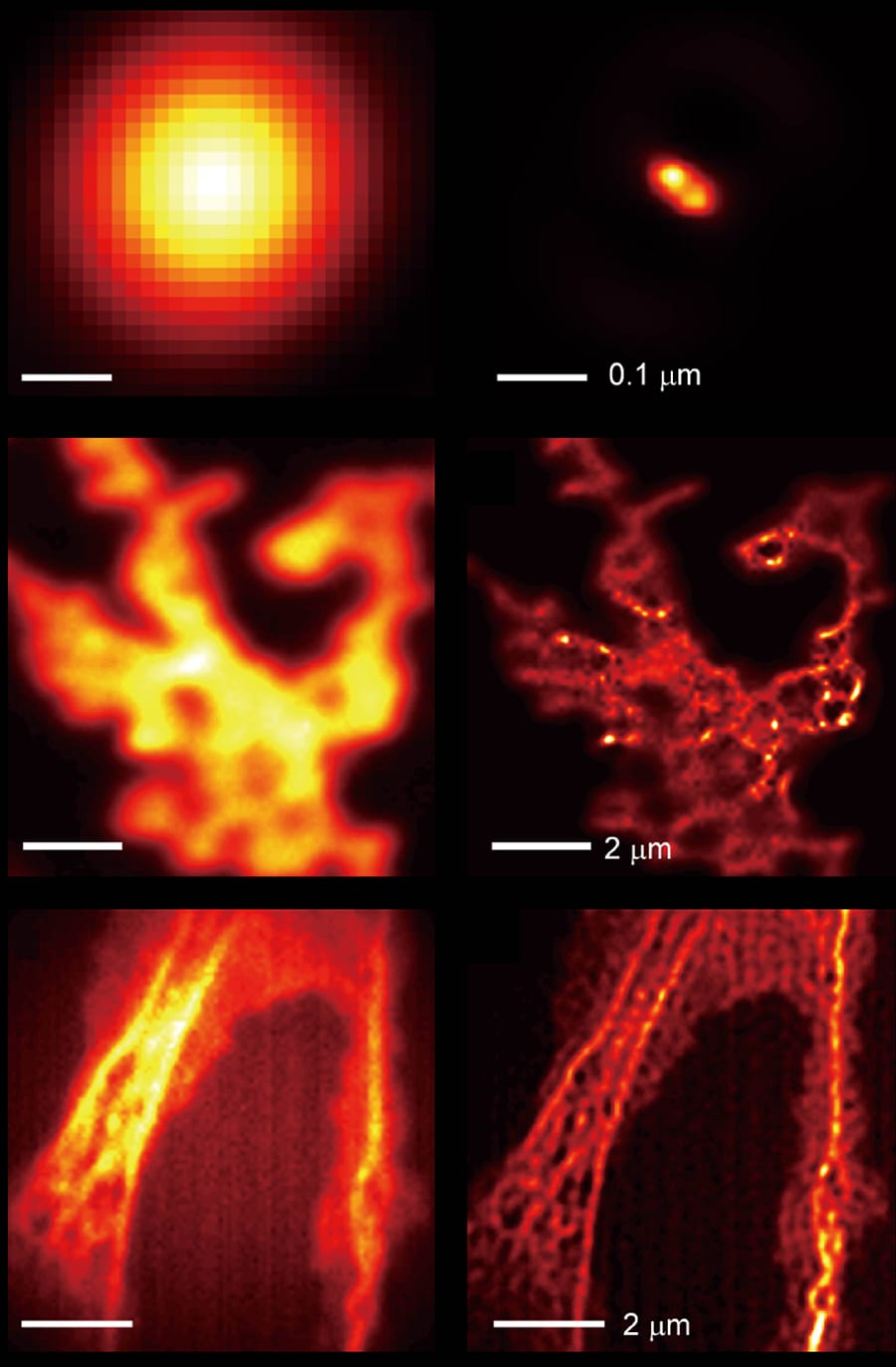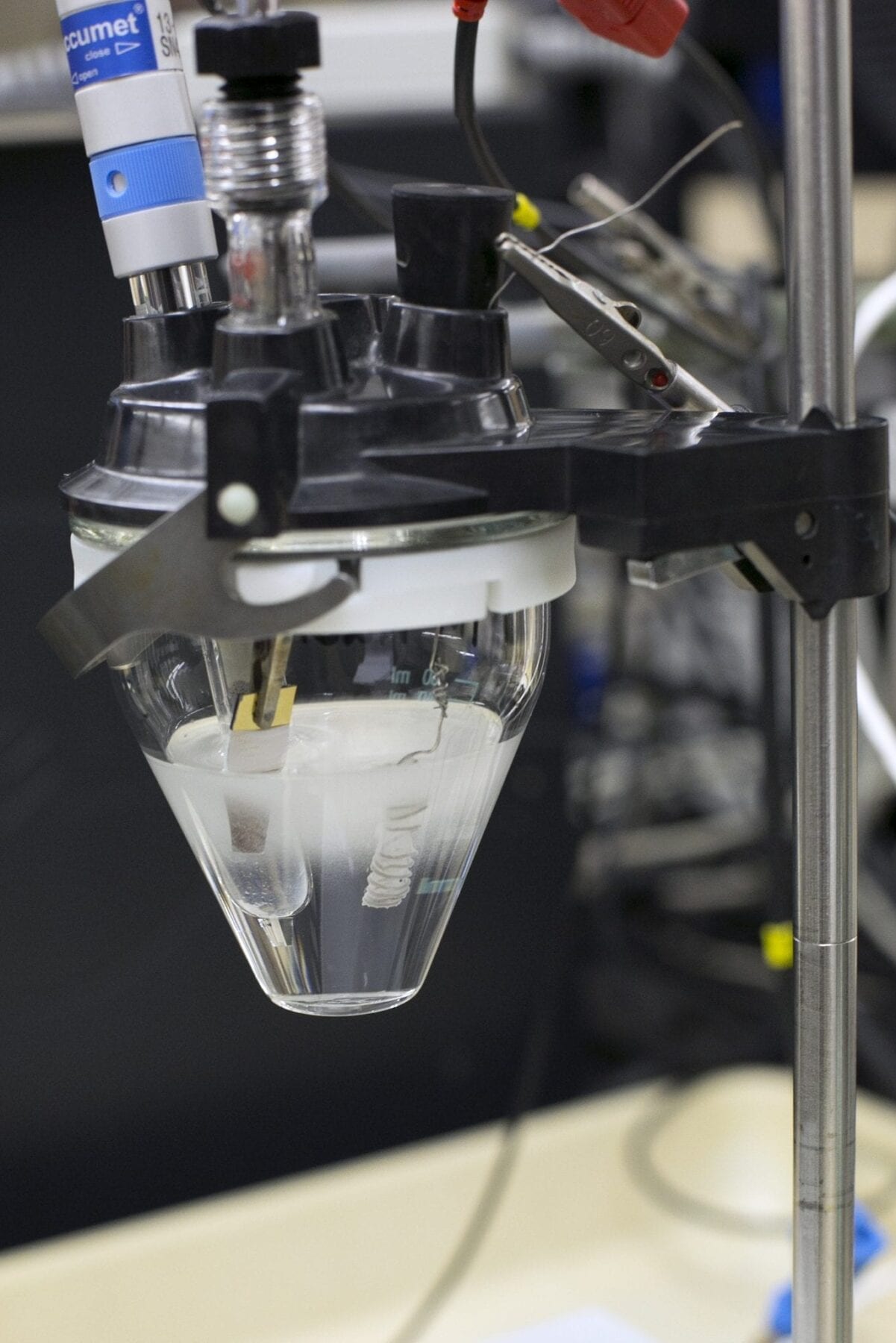
Researchers at the Paul Scherrer Institute (PSI) created a synthetic material out of one billion tiny magnets. Astonishingly, it now appears that the magnetic properties of this so-called metamaterial change with the temperature, so that it can take on different states; just like water has a gaseous, liquid and a solid state. This material made of nanomagnets might well be refined for electronic applications of the future—such as for more efficient information transfer.
A synthetic material—created from 1 billion nanomagnets—assumes different aggregate states depending on the temperature: the so-called metamaterial exhibits phase transitions, much like those between steam, water and ice. This effect was observed by a team of researchers headed by Laura Heyderman from PSI. “We were surprised and excited,” explains Heyderman. “Only complex systems are able to display phase transitions.” And as complex systems can provide new kinds of information transfer, the result of the new study also reveals that the PSI researchers’ metamaterial would be a potential candidate here.
The major advantage of the synthetic metamaterial is that it can be customized virtually freely. While the individual atoms in a natural material cannot be rearranged with pinpoint precision on such a grand scale, the researchers say that this is possible with the nanomagnets.
Honeycomb of nanomagnets
The magnets are only 63 nanometers long and shaped roughly like grains of rice. The researchers used a highly advanced technique to place one billion of these tiny grains on a flat substrate to form a large-scale honeycomb pattern. The nanomagnets covered a total area of five by five millimeters.
Thanks to a special measuring technique, the scientists initially studied the collective magnetic behavior of their metamaterial at room temperature. Here there was no order in the magnetic orientation: the magnetic north and south poles pointed randomly in one direction or another.
When the researchers cooled the metamaterial gradually and constantly, however, they reached a point where a higher order appeared: the tiny magnets now noticed each other more than before. As the temperature fell further, there was another change towards an even higher order, in which the magnetic arrangement appeared almost frozen. The long-range order of water molecules increases in a similar way at the moment when water freezes into ice. “We were fascinated by the fact that our synthetic material displayed this everyday phenomenon of a phase transition,” says Heyderman.
Read more: Tiny magnets mimic steam, water and ice
The Latest on: Magnetic metamaterial
[google_news title=”” keyword=”Magnetic metamaterial” num_posts=”10″ blurb_length=”0″ show_thumb=”left”]
via Google News
The Latest on: Magnetic metamaterial
- Feed has no items.
via Bing News










